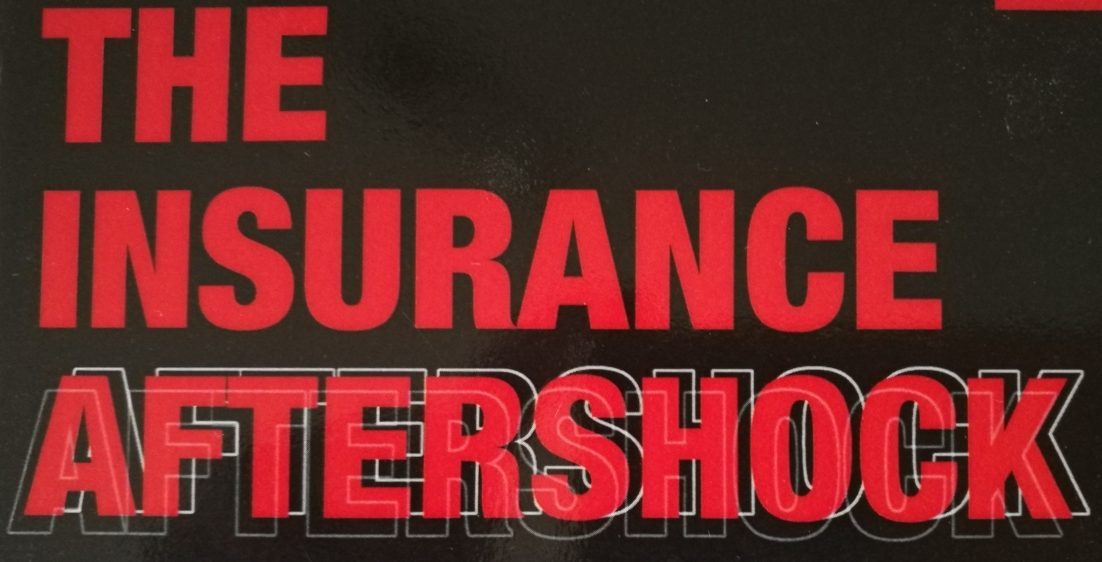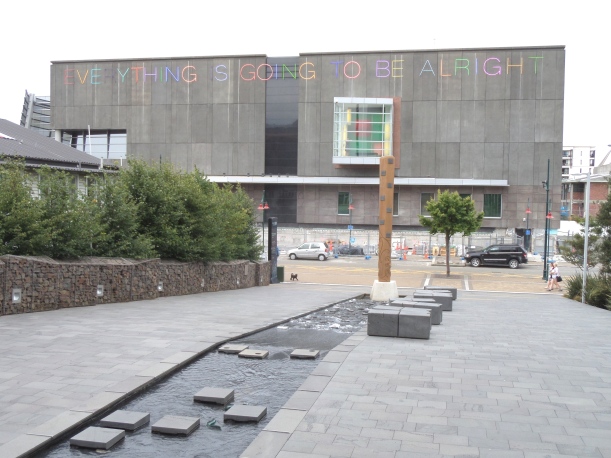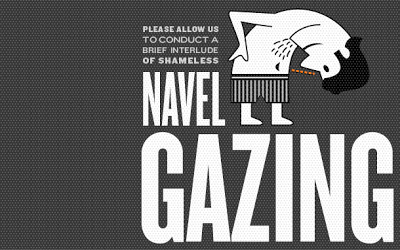I have been involved in events in Christchurch for longer than  five years now –long enough to be able to stand back and look at this situation from a more philosophical point of view and here are some of my thoughts on the processes that have taken place during the aftermath of the Canterbury earthquakes. I have used findings from the psychology behind mass annihilation and the processes that take place in abattoirs as the basis for my observations. I think many of you would agree that those Christchurch policyholders with unresolved claims are now under extreme pressure….
five years now –long enough to be able to stand back and look at this situation from a more philosophical point of view and here are some of my thoughts on the processes that have taken place during the aftermath of the Canterbury earthquakes. I have used findings from the psychology behind mass annihilation and the processes that take place in abattoirs as the basis for my observations. I think many of you would agree that those Christchurch policyholders with unresolved claims are now under extreme pressure….
Psychology defines compartmentalization as a defense mechanism, or as a coping strategy- it’s how our minds deal with conflicting internal standpoints simultaneously. It is the social arrangement and the psychic defense mechanism in a society where targeted groups are deprived of the protection of the state and excluded from the solidarity of other citizens in situations where they are mistreated while the rest of society continues to prevail. This requires rigid separations and carefully staged passages between the different emotional and interactional domains. A great example of this phenomena is meat eating. So even while enjoying their meat, consumers are able to forget that they are actually eating the remnants of a living being. They choose to ignore how it was raised, slaughtered and carved up, even though they do know this very well.
Even more fascinating is the process by which those in the killing industry are protected from what they do. In the abattoir the work of killing is hidden even at the site where one might expect it to be most visible: the kill floor itself. Of the many hundreds of workers on the kill floor, there are possibly only four that are directly involved in the killing of the cattle, and less than 20 have a line of sight to the killing. And only one worker (the knocker) is responsible for delivering the blow that begins the irreversible process of transforming life into death. As long as that one person exists, all the others are able to find a plausible excuse that focuses the heaviest weight of the dirtiest work on this one individual allowing the hundreds of other workers to say they were not responsible for the actual killing. Then dozens of other kill-floor workers can say; “I’m not taking part in this” and believe it. The use of language is one of the critical ways of disguising the acts of violence. From the moment the cattle beast is unloaded, it is referred to by staff as “beef.” And even though they are still living, breathing, sentient beings, they have already linguistically been reduced to inanimate flesh. Technical issues such as temperature, bacteria count, acid concentration, and sanitization of cutting equipment become the primary focus – the unceasing taking of life is no longer the focal point.
How else could a society manage to entice loss adjustors, engineers and other so called ‘professionals’ to treat vulnerable families in the way they are being treated in Canterbury, knowing full well the fate awaiting them? How do you override a human conscience like that, and so efficiently? This has been referred to as the ‘bureaucratization of barbarism’. The acts are perpetrated, in a calculated and detached manner and take place in demarcated spaces, in delineated episodes – separated from the rest of society. And those who coerce, and those who drive those wedges, often have something to gain – a job or bonuses! We witness a substitution of external authority over individual autonomy. The advanced stages of compartmentalization are incompatible with a free press (if there is such a thing) and free association or with legal guarantees of freedom of speech and movement. I would argue that we have seen this too!
This compartmentalization allows abuse without guilt. And while a senior claims manager might be a heartless ‘son of a bitch’ to his employees, he is equally able to be a devoted family man at home. While a harsh disciplinarian at home can be highly regarded by both friends and acquaintances outside the home. Compartmentalization aids the capacity of humans to dehumanize ‘the other’. Just like soldiers learn to psychologically separate the allies from the enemy, treating the other as less than human. The insurance industry and those associated within it, often regard the policyholder as a ‘fraudster’, ‘overly entitled’, ‘greedy’ etc. Within the confines of these compartments, civilization has been temporarily suspended, and under carefully controlled conditions, slyly constructed (the creation of CERA, MBIE Guidelines, existing use right exemptions, insurance company internal processes, etc.) ‘decivilization’ is allowed to proceed. The government has sat back and watched the barbarism take place, while allowing it to be carefully encapsulated into special compartments of local decivilization e.g. Christchurch East, or anyone unable to seek legal redress. Even a Minister who is a citizen of the City appeared blind to the fraud and suffering heaped upon the population by both government departments and the corporates. Decivilization has occurred in well-defined episodes and spaces (e.g. the red zone, flood prone areas, closures of community based schools). The national press has further ensured that the knowledge of the slaughter has been confined to just Canterbury.
An insurance claim process is also compartmentalized. This is no accident. The front office is isolated from the back office, which is in turn isolated from the claims department which is in turn isolated from senior management and accounting. Only a couple of people in the organization have the power to make the final decision on payment. This compartmentalization continues throughout the organization. It is entirely possible to spend years working in the underwriting department or claims department without ever encountering a client, much less witnessing one being ‘slaughtered’. Under certain conditions of advanced compartmentalization the menial work of slaughter is out-sourced and left to the consummate specialists, usually loss adjustors, engineers, lawyers. Contractors too, can be of use, so long as they maintain a minimum of discipline, have an easy conscience and obey their paymasters. The target group – Christchurch policyholders, by these means are further separated from each other. ‘Fraternization’ is to be avoided at all costs as the moment people get together they gain strength – there may be demonstrations. That scenario is government’s and the corporates’ worst nightmare.
Even though compartmentalization takes place at the individual level it also spreads to the wider social level e.g. the media no longer report on the stories, they are excused as “they become indifferent while by no means are they innocent of the facts. They know as much as they want to know, and what they don’t know they do not want to know. But that means that they do indeed know enough to know that they want to know no more”. (Wolfgang Sofsky, German sociologist). It has been chronicled that in many episodes of mass annihilation around the world, the rest of society maintains its pacified ways and the vast majority continue to be ‘protected’ by law, custom and etiquette. Moreover and surprisingly so, do many of your loved ones, who live elsewhere and at times wonder what all the fuss is about. They too have been “paid off;” through jobs that their livelihood depends upon. How else can we explain the deafening silence?


 The Private Insurance sector continues to overstate the rate of progress of Canterbury earthquake insurance settlements.
The Private Insurance sector continues to overstate the rate of progress of Canterbury earthquake insurance settlements.
 further comment. I am of course referring to the Insurance Council’s recent announcement regarding their new ‘Fair Insurance Code’. (See
further comment. I am of course referring to the Insurance Council’s recent announcement regarding their new ‘Fair Insurance Code’. (See  ‘Serious breaches’ of the new code, which came into effect on Friday, could be punishable by fines of up to $100,000. Claim resolution that takes five years is in my book a very serious breach….. Don’t hold your breath – the corporate leopard rarely changes his spots.
‘Serious breaches’ of the new code, which came into effect on Friday, could be punishable by fines of up to $100,000. Claim resolution that takes five years is in my book a very serious breach….. Don’t hold your breath – the corporate leopard rarely changes his spots.
